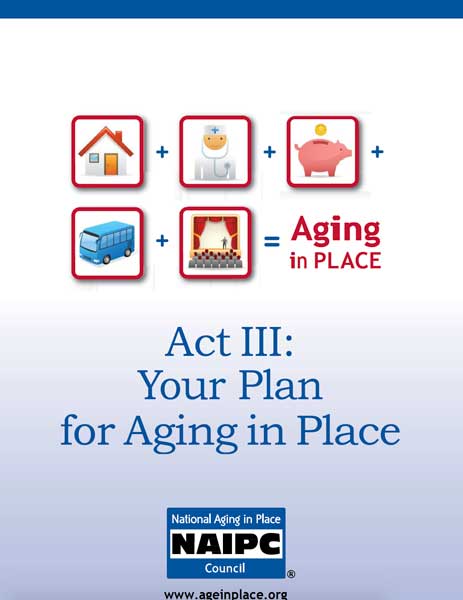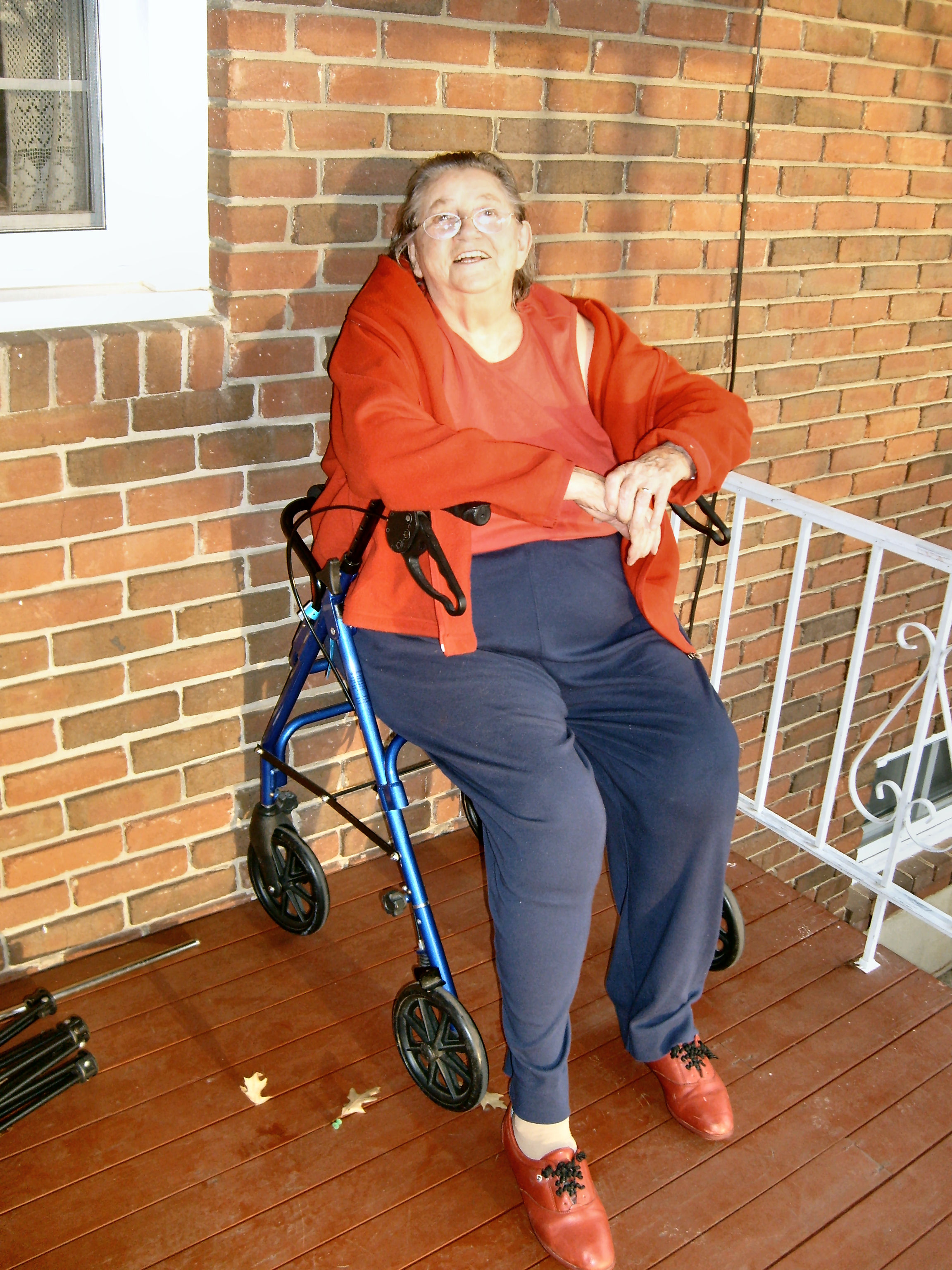What is Aging in Place? The first myth I want to dispel is that Aging in Place is only for old people. We are all aging every day and even young, healthy people have accidents that render them temporarily or permanently incapacitated to one degree or another. The idea of aging in place is to secure the necessary support services in response to changing personal needs and allowing an individual to remain in their current home.
What are the benefits of aging in place? First and foremost most people want to remain in their own homes as they age if at all possible. People have friends, family, memories, comfort, and familiarity in the homes that they have often lived in for many years or even decades. The cost of moving to a retirement community is often prohibitive and the community loses the benefit of years of wisdom when its seasoned citizens are shuffled off into retirement communities. In short, everyone benefits from aging in place.
One of the main factors driving the surge in interest in aging in place is the “age wave”. The first baby boomers turn 65 in 2011. The number of people in the United States 65 and older in 2000 was 35 million. By 2030 that number is expected to rise to 71.5 million. More than twice as many! Those over 65 are projected to comprise 20% of the population by that time. So the number and percentage of older residences is increasing dramatically but what about the homes they live in. The vast majority of housing that we now have is what has been described as “Peter Pan Housing”, housing for people who never grow old. Historically, there has been very little thought given in home design to anyone ever having any mobility challenges, much less sight or hearing concerns.
So now that we know what the problem is, what can we do about it? The number one goal that I have is to raise awareness about aging in place. If we can get people to anticipate aging in place needs it will be much easier to address when the need arises. Universal Design is the design of products and environments to be usable by all people, to the greatest extent possible, without the need for adaptation or specialized design. The more new construction that is built using these principles, the less there will be a need for home modifications in the future. Many of these design changes add little or nothing to the cost of a new home. When there is a need to adapt or modify someone’s home for aging in place, it is very important to properly assess the present and future needs and make the changes which will have the greatest impact in raising the comfort and functionality of the resident. I use an assessment tool called CASPAR which is the Comprehensive Assessment and Solution Process for Aging Residents. This assessment tool is unique in that it measures the individual’s current and anticipated abilities and limitations and then uses these as benchmarks to assess the functionality of the home. In other words, it measures whether the home is a good fit for the person rather than simply comparing the home to a predetermined checklist. In conclusion, there are many exciting advancements in the field of aging in place. A paradigm shift is occurring which will open up many options and choices for millions of people who love their homes, but whose homes just don’t work for them any more. After all, there’s no place like home.


